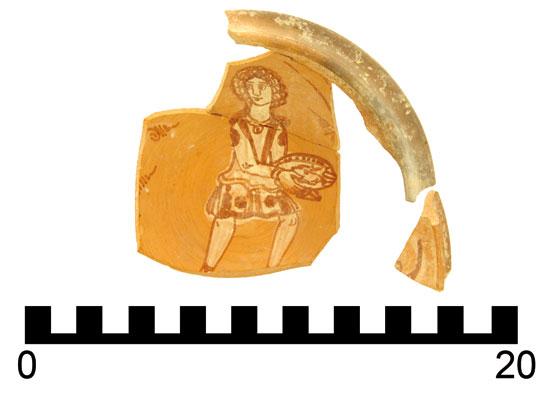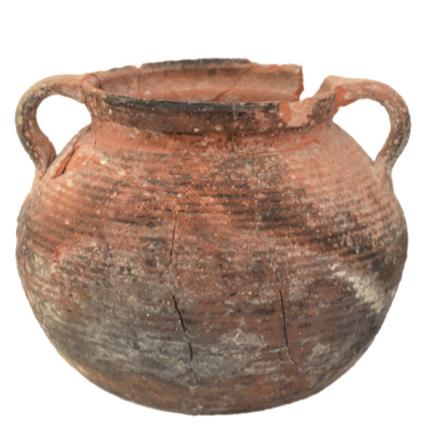You are here
Danish-German archaeological project in Jerash ‘unlocks new path to understanding the city’
By Saeb Rawashdeh - Nov 12,2017 - Last updated at Nov 12,2017

Alex Peterson
AMMAN — Although the focus of the archaeological research conducted in Jerash has been centred on the main road, the Danish-German Jerash Northwest Quarter Project came with new findings in the last five years.
“This is because it is where the fantastic ruins of classical public buildings stand,” said Alex Peterson, an American PhD candidate in Archaeology at Aarhus University in Denmark.
The colonnaded streets and abundance of ruins mean that excavators will always find some interesting information, he continued, adding that “on the other hand, the northwest quarter is barren and littered with stones so, at first glance, it looks uninteresting”.
The densely settled area and monumental structures discovered by the Danish-German Northwest Quarter Project — a joint project between Aarhus University in Denmark and Munster University in Germany — unlocked a new path to understanding the city by unearthing the material culture hidden underneath the surface of the less explored periphery areas of the ancient urban centre, Peterson told The Jordan Times in a recent e-mail interview.
Peterson said: “I cannot evaluate the exact number of inhabitants in Jerash during the Ayyubid and Mamluk periods, but we know it must have been a somewhat substantial community based on the construction efforts observed in the northwest quarter.”
A large courtyard house and several satellite residential complexes were expanded over time and also show signs of repair, the scholar added, stressing that the construction of additional rooms attests to the growth of the community. Based on the material culture and the architectural features, the settlement must have existed for at least two to three generations, he commented.
“French excavations near the temples of Zeus two decades ago also uncovered a node of Middle Islamic settlement in the southern area of Jerash. Little is known about what may be underneath the modern town today, but it’s very possible that more structures belonging to this period remain undetected today,” Peterson underscored.
Jordan at the time was an important region for the Mamluk sultanate, the scholar claimed, noting that the state invested in agriculture and the settlement discovered in Jerash may be tied to the growing agricultural industry.
However, few sources are available: we only have Latin texts from the Crusades that record a battle fought at Jerash, Peterson noted. “According to these, a small garrison and fortification was located at Jerash and the Crusaders used siege engines and eventually captured and destroyed the fortification, allowing the garrison to depart safely after surrounding,” the archaeologist claimed.
During the Ottoman period, in the 16th century, tax record mentions 8-12 families living in Jerash who are believed to have raised animals, grown crops, and produced honey. But no historical sources speak directly about the residential complex discovered in the northwest quarter, the American underlined.
“In several trenches we have excavated well preserved floor levels and almost complete vessels. Other evidences have more fragmented pottery as it has been moved frequently because of filling and leveling activity while building the structures,” he noted.
The pottery itself comes in many forms, the scholar continued, adding that there are several glazed more fine, vessels. However, much of the material is handmade pottery and painted handmade vessels, Peterson pointed out.
“Ceramic research is still at a very early stage and there is still not definitive chronology or typology for this type of pottery. Hopefully, as research continues in Jerash, we will be able to formulate more precise chronologies for the less well understood ceramic material of this period,” the scholar stated.
Related Articles
AMMAN — A Danish-German project is attempting to address the problem of poorly-documented mediaeval material found at sites like Jerash with
AMMAN — From the Roman period to Early Islamic times, Jerash had a “strong and continuous” pottery production, according to two scholars who
AMMAN — Though common ware pottery have been found in great number at classical excavations throughout the world, little attention has hithe


















